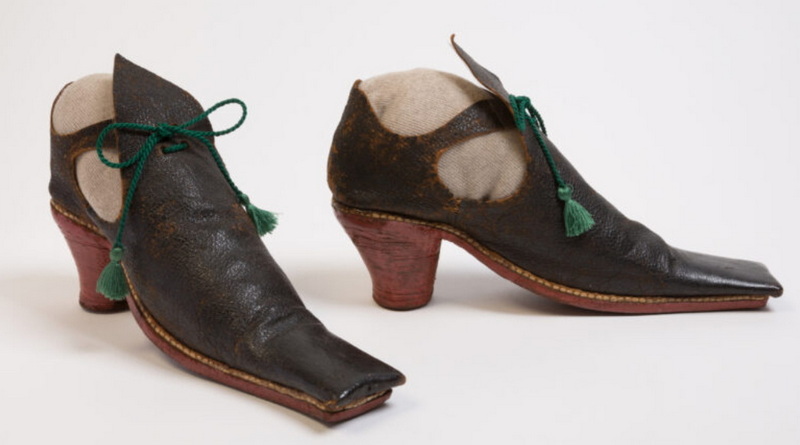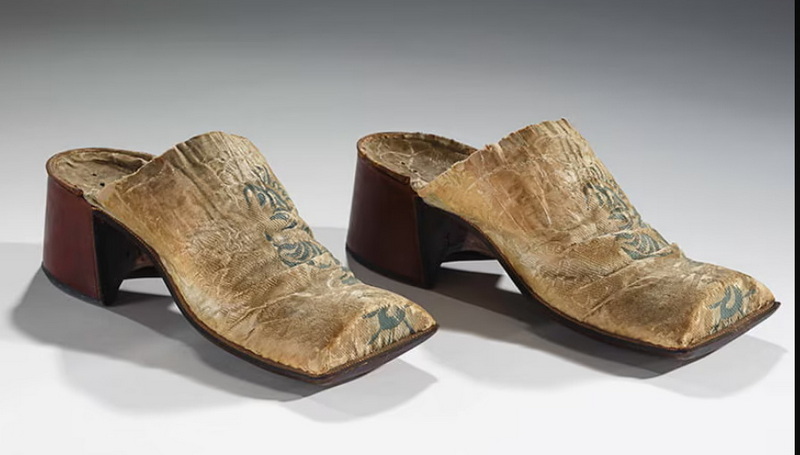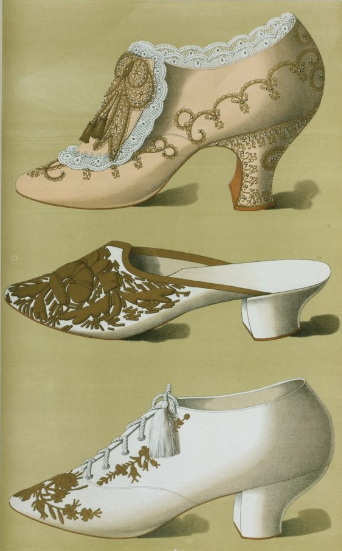Content Menu
● The Surprising Origins of High Heels
● Ancient Beginnings
● The European Adoption
● The Rise of Male Heels
● The Shift to Women's Fashion
● The Gendering of Heels
● The French Revolution and the Fall of Men's Heels
● The Victorian Era and Beyond
● The Modern Era of High Heels
● High Heels in Contemporary Culture
● The Return of Men's Heels?
● Cultural Significance
● Health Considerations
● Conclusion
● FAQ
>> 1. When were high heels first invented?
>> 2. Who was the first woman to popularize high heels?
>> 3. Why did men stop wearing high heels?
>> 4. When did high heels become associated primarily with women's fashion?
>> 5. Are there any health concerns associated with wearing high heels?
● Citations:
The Surprising Origins of High Heels
High heels have long been associated with femininity, glamour, and fashion. However, the history of these iconic shoes reveals a surprising twist: high heels were originally invented for men. This article delves into the fascinating journey of high heels from their masculine origins to their current status as a symbol of feminine allure.

Ancient Beginnings
The story of high heels begins in ancient times, with roots tracing back to 10th century Persia. Persian cavalry soldiers wore heeled boots to help secure their feet in stirrups while riding horseback[1]. These early heels served a practical purpose, allowing riders to stand up in their saddles and shoot arrows or throw spears with greater stability.
The European Adoption
As trade relations between Persia and Europe flourished, the concept of heeled footwear made its way westward. By the 16th century, high heels had become a popular fashion statement among European men, particularly those of high social status[6].
The Rise of Male Heels
In 17th century Europe, high heels became a symbol of masculinity and power. The higher the heel, the more elevated one's social status. This trend reached its peak during the reign of King Louis XIV of France, who was known for his extravagant fashion choices[8].
King Louis XIV was particularly fond of high heels, often wearing shoes with red heels and soles. He even went so far as to ban anyone not wearing red heels from his court, making them an exclusive symbol of nobility[5].
The Shift to Women's Fashion
While high heels were initially a male fashion item, women began adopting them in the 16th and 17th centuries. Italian courtesans were among the first women to wear heels, creating an androgynous look that was considered alluring at the time[6].
One notable figure in the history of women's high heels is Catherine de Medici. In 1533, at the age of 14, she wore two-inch high heels to appear taller on her wedding day to the Duke of Orleans. This event is often cited as one of the first instances of women wearing high heels as a fashion statement[2].
The Gendering of Heels
As the 18th century progressed, a distinct shift occurred in the design and perception of high heels. Men's heels became broader and sturdier, while women's heels became more tapered and decorative. This divergence in design marked the beginning of high heels being associated primarily with femininity[8].
The French Revolution and the Fall of Men's Heels
The French Revolution in 1789 brought about significant changes in fashion trends. The aristocracy and their extravagant styles fell out of favor, and with them, men's high heels. Heels came to be seen as frivolous and impractical for men, further cementing their association with women's fashion[8].
The Victorian Era and Beyond
By the 19th century, high heels had become firmly established as a women's fashion item. The Victorian era saw the return of heels, but exclusively for women. This period also marked the beginning of high heels being linked to female erotica and sexuality[6].

The Modern Era of High Heels
The 20th century brought about significant changes in the design and perception of high heels. Technological advancements in the 1950s allowed for the creation of thinner and higher heels, giving birth to the stiletto[6].
Celebrities like Audrey Hepburn and Marilyn Monroe helped popularize high heels, making them a staple of women's fashion. The 1950s are often referred to as the golden age of high heels[6].
High Heels in Contemporary Culture
Today, high heels remain a significant part of women's fashion, symbolizing femininity, power, and sexuality. However, there's also a growing conversation about the health implications of wearing high heels and the societal pressures that often accompany them.
This video explores the secret history of high heels and their journey from men's to women's fashion.
The Return of Men's Heels?
Interestingly, in recent years, there has been a resurgence of interest in men's heels. Some fashion designers and celebrities have been pushing for a more gender-fluid approach to fashion, including the reintroduction of heeled shoes for men.
Cultural Significance
High heels have played a significant role in various cultures throughout history. In some societies, they've been symbols of status and power, while in others, they've been associated with sexuality and femininity. The cultural significance of high heels continues to evolve, reflecting changing societal norms and attitudes towards gender and fashion.
Health Considerations
While high heels remain popular, there's growing awareness about their potential health impacts. Prolonged wear of high heels can lead to various foot problems, back pain, and posture issues. This has led to ongoing debates about the balance between fashion and health in women's footwear choices.
This video documents a week-long experiment of wearing progressively higher heels, highlighting both the allure and challenges of high heel wear.
Conclusion
The history of high heels is a fascinating journey that reflects changing societal norms, gender roles, and fashion trends. From their origins as practical footwear for Persian cavalry to their current status as a symbol of feminine glamour, high heels have undergone a remarkable transformation. While they were indeed invented for men, they have become an integral part of women's fashion over the centuries. As we continue to challenge gender norms and redefine fashion, who knows what the future holds for this iconic footwear?

FAQ
1. When were high heels first invented?
The origin of high heels can be traced back to 10th century Persia, where they were worn by cavalry soldiers to help secure their feet in stirrups while riding horseback[1].
2. Who was the first woman to popularize high heels?
Catherine de Medici is often credited with popularizing high heels for women. In 1533, at age 14, she wore two-inch high heels on her wedding day to appear taller[2].
3. Why did men stop wearing high heels?
Men largely stopped wearing high heels after the French Revolution in 1789. The revolution led to a rejection of aristocratic fashion, including high heels, which were seen as frivolous and impractical for men[8].
4. When did high heels become associated primarily with women's fashion?
High heels became primarily associated with women's fashion during the 18th century. By the 19th century, they were almost exclusively worn by women[6].
5. Are there any health concerns associated with wearing high heels?
Yes, prolonged wear of high heels can lead to various health issues, including foot problems, back pain, and posture issues. It's important to balance fashion choices with health considerations[6].
Citations:
[1] https://www.malonesouliers.us/blogs/explore/the-invention-of-high-heels?shpxid=0bbf9cd5-541d-4ac1-af66-b892afe5b0a3
[2] https://study.com/academy/lesson/who-invented-high-heels.html
[3] https://www.bbc.com/news/magazine-21151350
[4] https://unsplash.com/s/photos/heels
[5] https://www.youtube.com/watch?v=_7Q26Jv4_Ww
[6] https://londonrunway.co.uk/the-history-of-high-heels/
[7] https://www.youtube.com/watch?v=_7mKFrV3Mpk
[8] https://www.slate.com/blogs/the_eye/2014/06/19/_99_invisible_roman_mars_the_gender_bending_history_of_the_high_heel.html
[9] https://upload.wikimedia.org/wikipedia/commons/thumb/7/7c/Rigaud_Louis_XIV_1701.jpg/160px-Rigaud_Louis_XIV_1701.jpg?sa=X&ved=2ahUKEwjMjrWD3cmKAxUbw_ACHX0qCU8Q_B16BAgIEAI
[10] https://unsplash.com/s/photos/high-heels

















